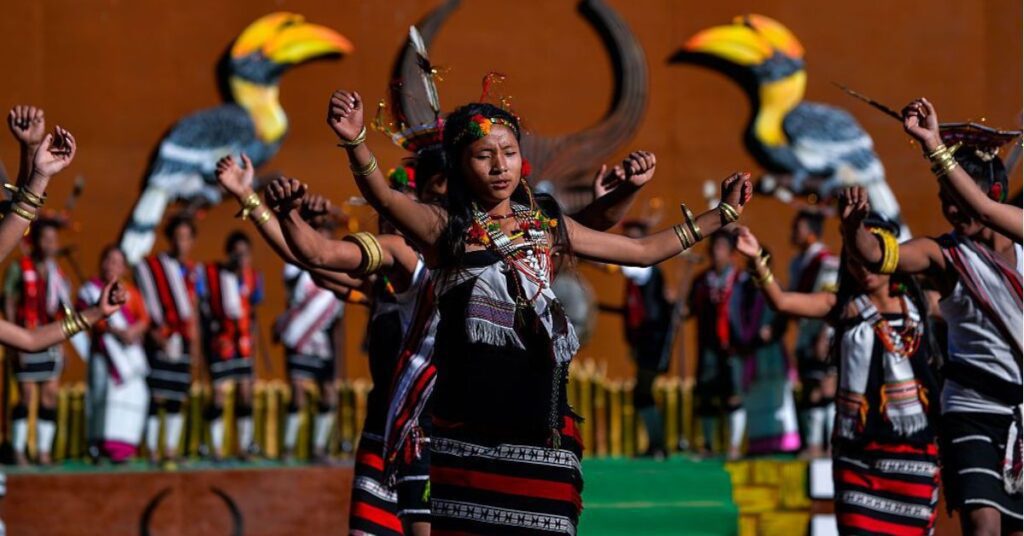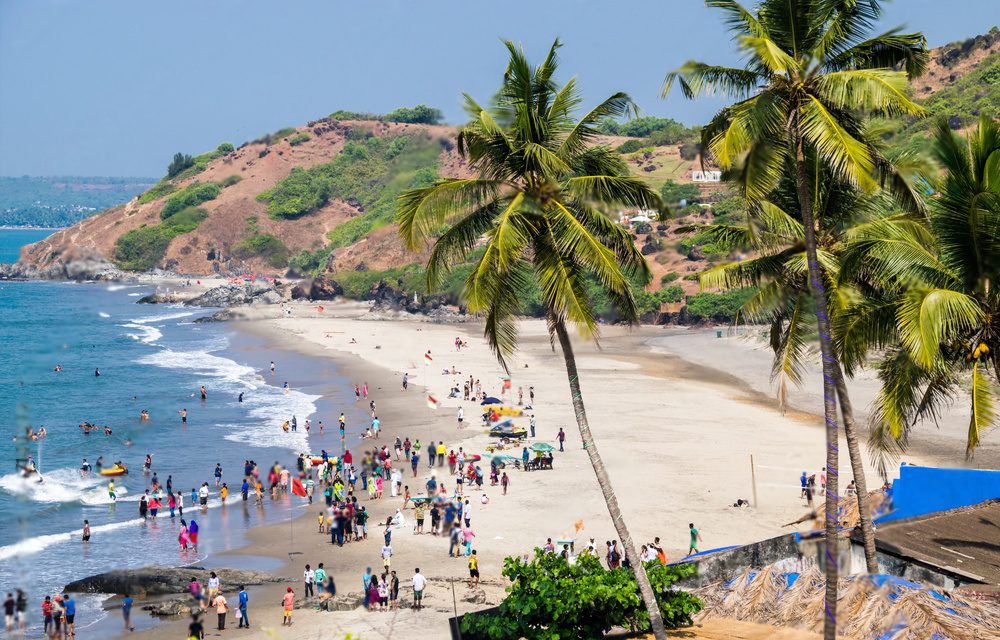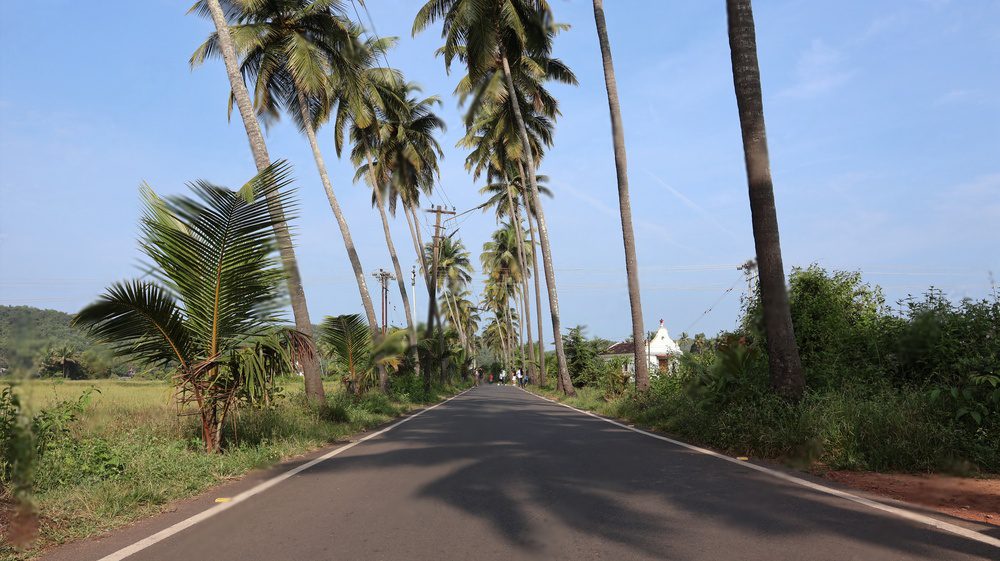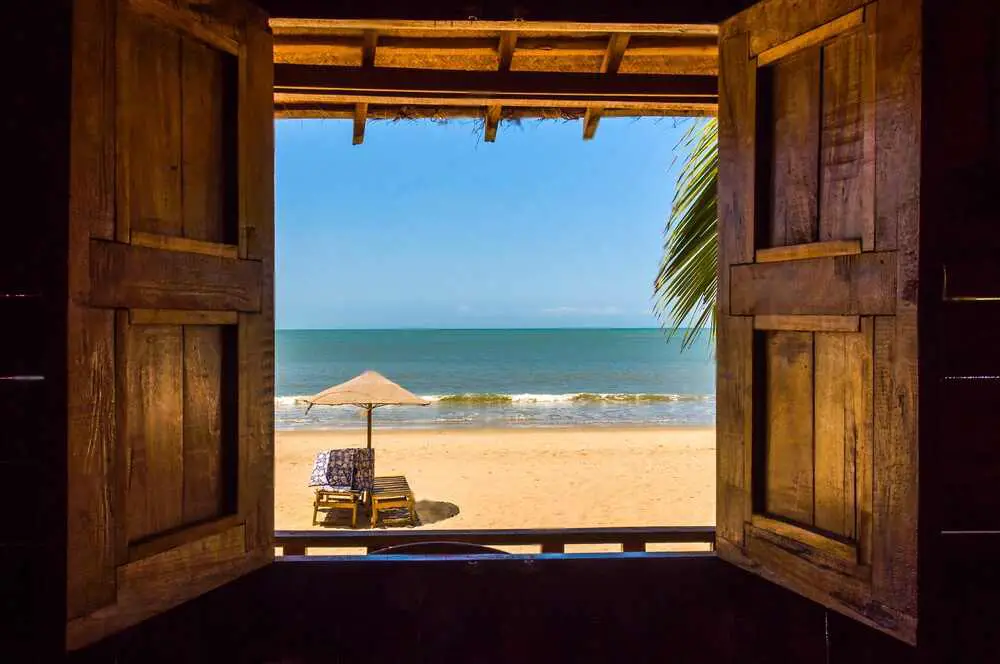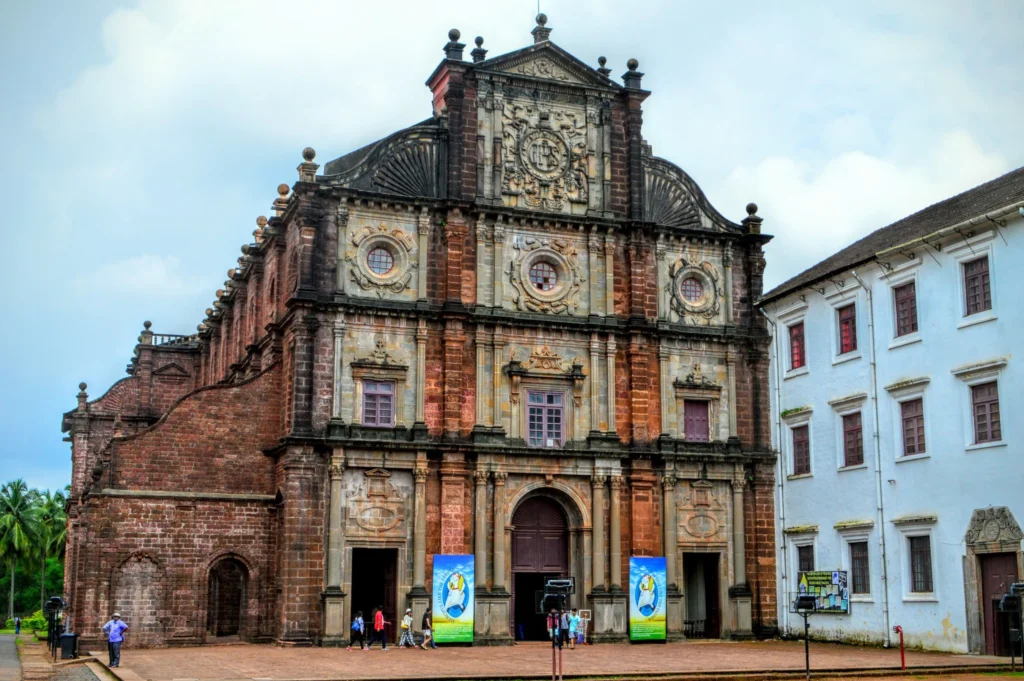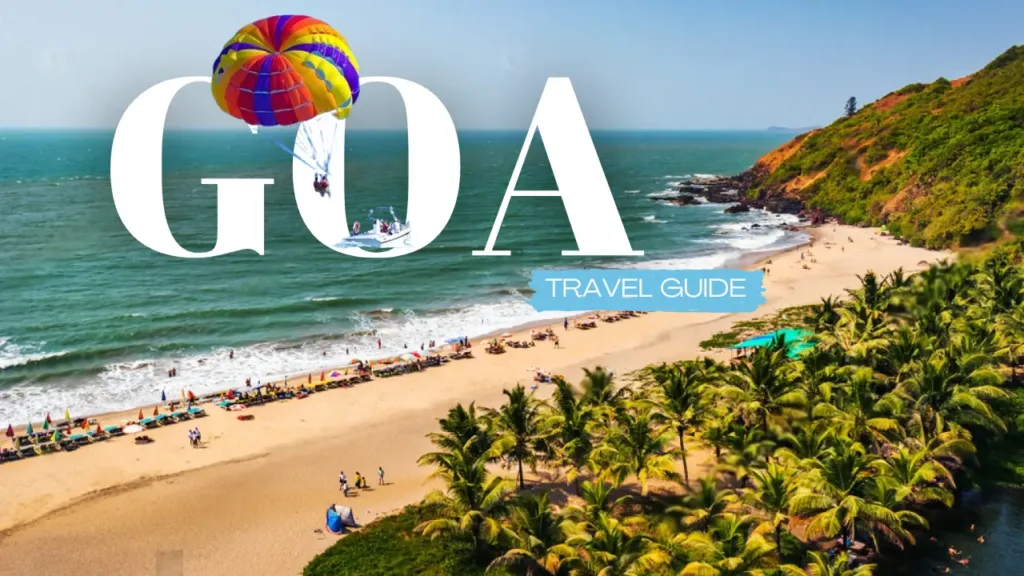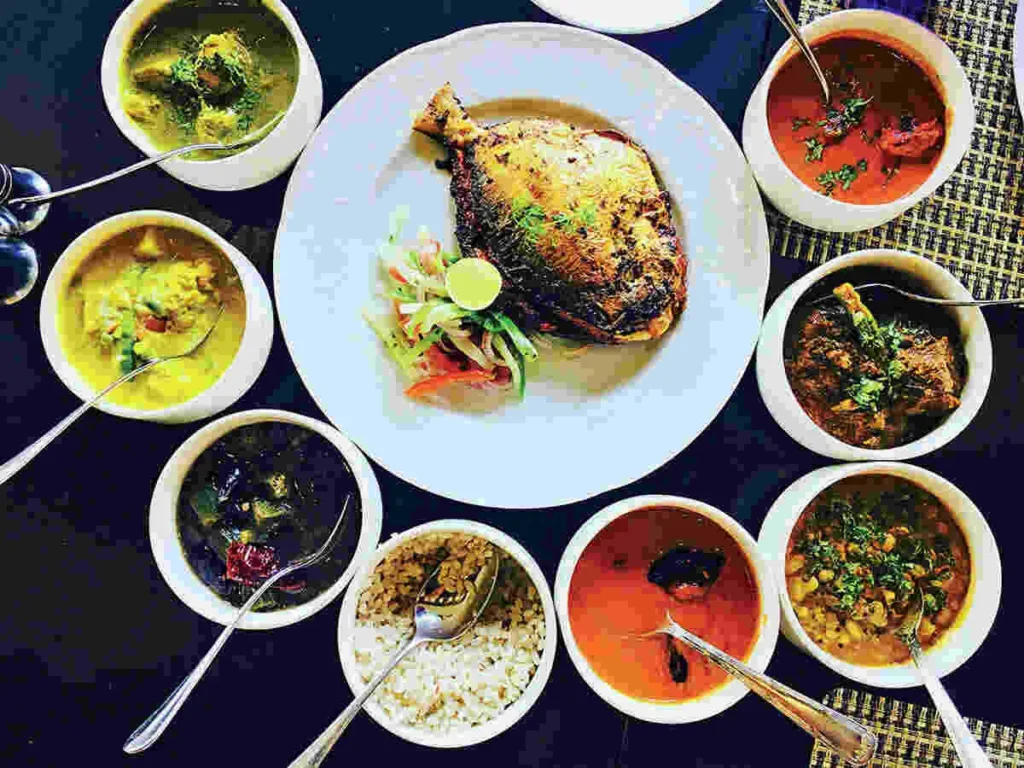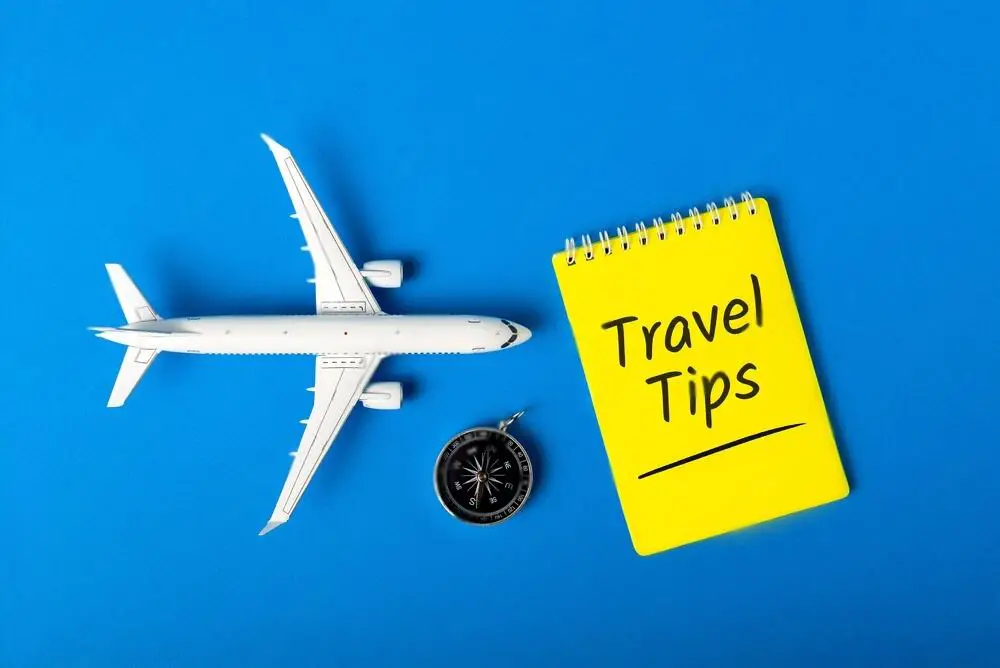Nestled in the heart of Nagaland, the Hornbill Festival explodes every December like a celebration bomb! Often called the “Festival of Festivals,” it’s a giant party showcasing the amazing traditions of all the different Naga tribes. Named after the awesome hornbill bird (a local legend!), the festival brings everyone together – from villagers to city folks – to share their heritage and create a sense of unity.
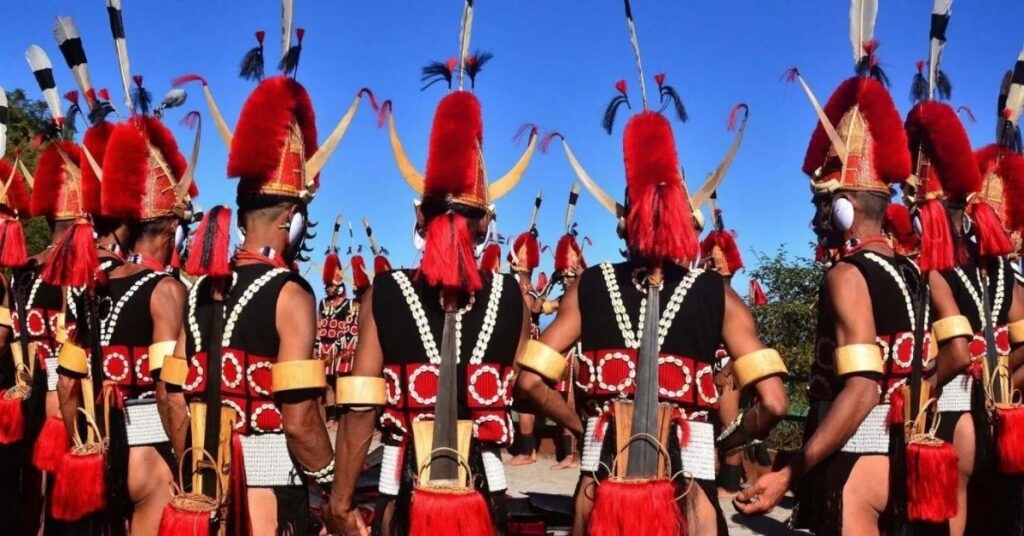

Imagine a kaleidoscope of colors, sounds, and traditions. Dancers in vibrant costumes tell stories with their movements, musicians fill the air with rhythmic beats, and artisans showcase their incredible crafts. You’ll get a glimpse into ancient rituals, beautiful art forms, and the everyday lives of the Naga people. It’s not just a party; it’s a way to keep these traditions alive and share them with the world. So, if you’re looking for a truly unique cultural experience, the Hornbill Festival is an unforgettable adventure!
The Spirit of the Hornbill Festival:
The Hornbill Festival isn’t just a party; it’s a giant tribute to Nagaland’s unique tribal heritage! Named after the mighty hornbill bird (a symbol of strength and good luck in local legends), the festival celebrates the spirit of unity among all the different Naga tribes.
For ten whole days, Nagaland explodes with color, music, and unforgettable experiences. Imagine vibrant costumes, energetic dances telling stories, and the rhythmic beat of traditional music filling the air. It’s a chance to witness ancient rituals, beautiful crafts, and a glimpse into the everyday lives of the Naga people. The Hornbill Festival is more than just a celebration; it’s a way to keep these traditions alive and share them with the world.
how to reach:
Fly in: Dimapur Airport, about 74 kilometers from Kohima (where the festival takes place), is the closest airport. From there, grab a taxi or bus to reach the festival action.
Train option: Dimapur is also a major railway junction, so you can catch a train and then hop on a bus or taxi to Kohima.
Road trip: Nagaland is well-connected by national highways to neighboring states like Assam and Manipur. Just plan your road trip in advance!
best time to visit:
The Hornbill Festival explodes onto the scene every December, perfectly timed for Nagaland’s cool and dry winter. This is prime time to visit! Clear skies and comfortable temperatures make it ideal for enjoying all the outdoor festivities and exploring the region. Plus, the festival coincides with the end of the harvest season, so the energy is electric as the Naga people celebrate their bounty and share their joy with the world.
Attractions of the festival:
Traditional Dances and Music:
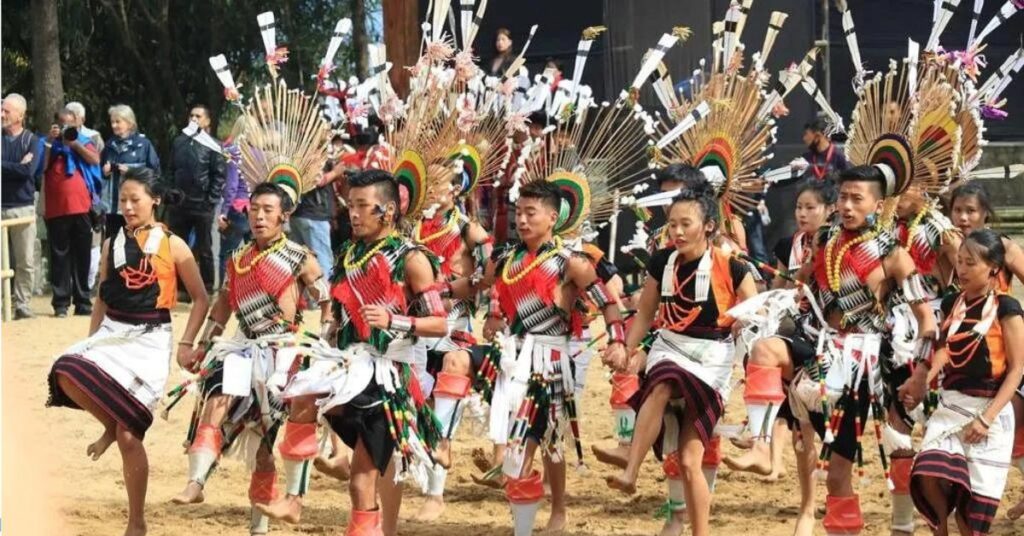

The Hornbill Festival is a feast for the senses, but the undisputed highlight is the explosion of traditional dance and music! Imagine energetic, rhythmic dances by the Ao and Angami tribes, their movements telling stories passed down for generations. The air will be filled with the soulful melodies of instruments like the pejung (a bamboo flute) and the deep boom of the reng (a large drum), creating a unique soundscape. From the energetic leaps of young dancers to the graceful movements of elders, every performance is a window into the rich cultural heritage of the Naga people. Be prepared to tap your feet, sway your hips, and be completely mesmerized by this vibrant display of culture.
Handicrafts and Artisans:
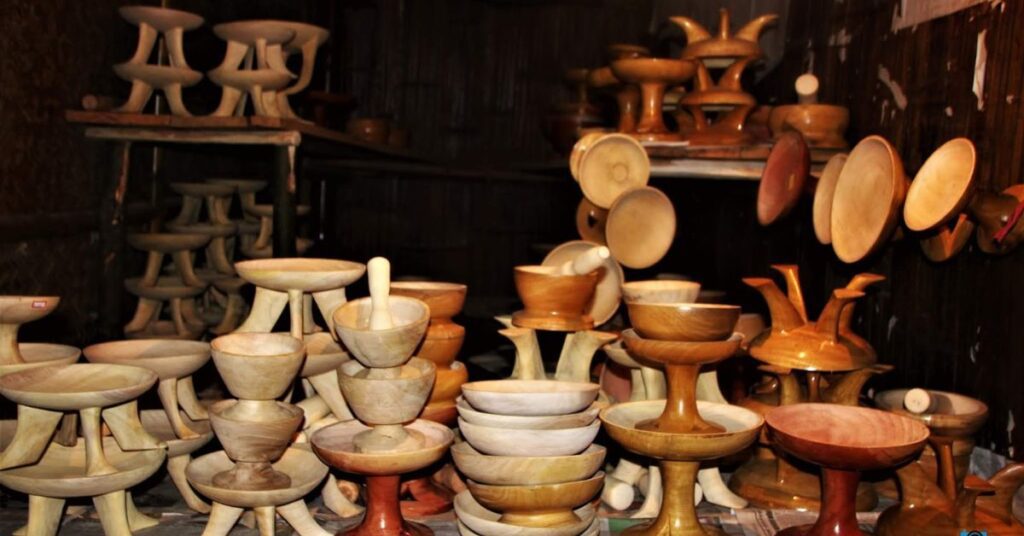

Discover the magic of Nagaland’s artistry at the Hornbill Festival’s crafts village. This vibrant marketplace is a treasure trove of handmade wonders created by skilled local artisans. From intricate beadwork and exquisite woven fabrics to stunning wood carvings, you’ll find a breathtaking array of unique items. Immerse yourself in the rich cultural heritage of the region as you explore these handcrafted masterpieces. Not only is it an opportunity to find unforgettable souvenirs, but also a chance to support the local community and appreciate the artistry passed down through generations.
Food and Culinary Delights:
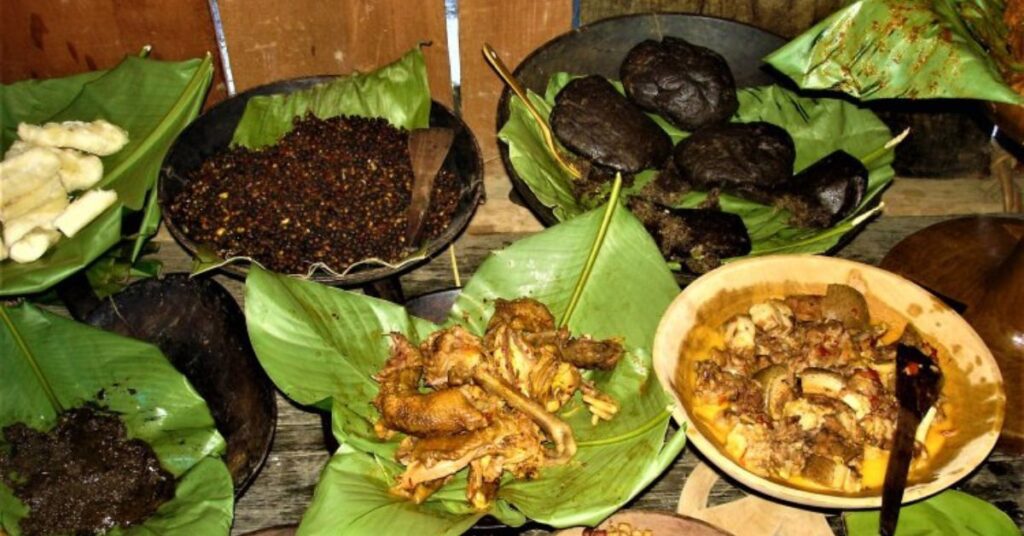

Indulge your senses in a culinary adventure at the Hornbill Festival. The festival is a feast for the taste buds, with countless stalls offering authentic Naga delicacies. Savor the mouthwatering flavors of smoky, tender pork, explore the unique textures of bamboo shoot curries, and discover the vibrant spice profiles of indigenous herbs. Every bite is a journey into the heart of Naga cuisine.
Cultural Performances and Competitions:
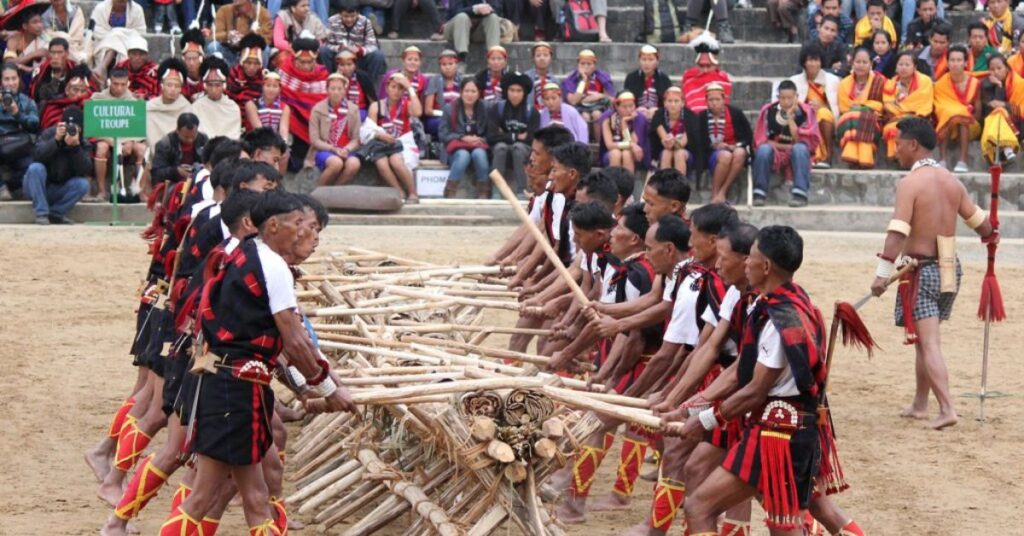

The Hornbill Festival isn’t just about watching – it’s about joining the fun! The lively atmosphere explodes with all sorts of cultural performances and competitions. Witness the incredible skill of Naga warriors in traditional archery contests, or feel the energy of teams competing in tug-of-war games.
There are even beauty pageants celebrating Naga women’s grace and talent shows bursting with local creativity. No matter your interests, there’s something for everyone to enjoy, participate in, and truly feel the heart of the festival.
Local Experiences:
1. Dance Like a Naga: Get your groove on and join a traditional dance performance! Each tribe boasts unique styles, often featuring colorful attire and rhythmic music. Participating or simply watching offers a deeper appreciation for Naga artistic expression.
2. Craft Your Own Story: Head to the crafts village and witness skilled artisans at work. Feeling inspired? Try your hand at weaving intricate patterns, creating beautiful beadwork, or wood carving. These hands-on activities offer a deeper understanding of the craftsmanship that defines Naga culture.
3. A Culinary Adventure: Dive into the local food scene by sampling an array of traditional dishes at food stalls. Don’t miss specialties like melt-in-your-mouth smoked pork, surprising bamboo shoot curries, and dishes bursting with indigenous herbs and spices. It’s a delicious journey into Naga culinary traditions.
4. Witness the Competitive Spirit: The festival explodes with cultural competitions, from traditional sports like archery and tug-of-war to beauty pageants celebrating Naga women’s grace and talent shows bursting with local creativity. Soak in the vibrant energy and competitive spirit.
5. Go Beyond the Festival: Explore nearby tribal villages for a deeper understanding of Naga life and customs. Many villages open their doors during the festival, offering guided tours that showcase traditional lifestyles, architecture, and daily activities.
6. A Window into the Soul: Witness or even participate in traditional rituals and ceremonies held during the festival. These often involve symbolic offerings, prayers, and dances that are central to the spiritual life of the Naga people.
7. Take Home a Piece of Nagaland: Browse the local markets and stalls for unique souvenirs like handcrafted jewelry, traditional clothing, and artwork. These treasures make for memorable keepsakes and support local artisans.
8. Connect with the People: Strike up conversations with locals and fellow festival-goers. Engaging with the people of Nagaland provides valuable insights into their customs, stories, and the significance of the festival.
9. Listen to the Rhythm: Immerse yourself in the sounds of Nagaland by listening to traditional instruments like drums, gongs, and flutes. Music plays a crucial role in the festival, and experiencing it firsthand will enrich your cultural appreciation.
Travel tips:
- Grab Your ILP: Don’t forget the Inner Line Permit (ILP) – it’s mandatory to enter Nagaland. Apply online or at designated offices in Assam or Nagaland.
- Book Early: The festival is a magnet for visitors. Secure your accommodation well in advance to avoid last-minute scrambles.
- Plan Your Journey: Arrange your transportation to Dimapur and Kohima beforehand. Locking in flights, trains, or buses early gets you the best deals.
- Cash is King: While ATMs exist, many smaller vendors and local markets might not accept cards. Carry enough cash for purchases and everyday needs.
- Dress for Comfort (and Maybe Culture): December brings cooler weather, so pack warm clothes. Consider bringing traditional or culturally respectful attire if you plan to participate in rituals or dances.
- Be a Mindful Guest: Learn a bit about local customs and traditions. Dress modestly, ask permission before taking photos, and show respect during ceremonies and rituals.
- Hydration & Sun Protection: The weather can be dry and sunny. Stay hydrated and use sunscreen to avoid sunburn.
- Prepare for Crowds: The festival attracts a big crowd, so expect bustling markets and packed events. Plan your visit times to avoid peak congestion.
- Pack Essentials: Bring any personal medications you need, as local pharmacies might not have specific brands.
- Talk to the Locals: Engage with residents and festival-goers. They can offer unique insights into the festival’s cultural significance and enrich your experience.
- Check the Schedule: Review the festival schedule beforehand to avoid missing key events and performances. Pick the activities that interest you most and plan your itinerary accordingly.
- Reliable Rides: Opt for reputable taxi services or organized transportation for navigating the city and reaching festival venues. Confirm fares and bookings in advance to avoid any confusion.
Conclusion
Exploding with color, music, and tradition every December, Nagaland’s Hornbill Festival is a 10-day extravaganza that transforms the capital, Kohima, into a vibrant hub. Celebrate the state’s rich heritage by witnessing captivating dances, their stories told through vibrant costumes and rhythmic movements. Immerse yourself in the unique soundscape of soulful indigenous instruments, and explore the bustling crafts village where skilled artisans showcase their traditional talents. Sample the diverse local cuisine, your taste buds tingling with flavors of smoked pork, bamboo shoot curries, and dishes bursting with local spices. But the Hornbill Festival goes beyond the spectacle. It’s a chance to connect with the Naga people – join a dance, try a craft, or witness their competitive spirit in archery contests. Explore nearby villages and gain a deeper understanding of Naga life and customs. Plan your unforgettable adventure with Xplro.com, your trusted travel companion. From permits to accommodation, Xplro.com can help navigate every step. Remember to embrace local traditions and prepare to be swept away by the vibrant colors, infectious energy, and rich heritage that come alive during this unforgettable celebration.
faqs
1.What is the Hornbill Festival?
- The Hornbill Festival is an annual cultural celebration held in December in Kohima, Nagaland. It showcases the diverse traditions, music, dance, and crafts of Nagaland’s tribal communities. Named after the hornbill bird, which holds cultural significance in Naga folklore, this festival is a major event that attracts visitors from around the globe.
2. When does the Hornbill Festival occur?
- The Hornbill Festival runs from December 1 to December 10 each year. Over these ten days, the festival features a variety of activities and performances that highlight the rich cultural heritage of Nagaland.
3. How do I get an Inner Line Permit (ILP) for Nagaland?
- To obtain an Inner Line Permit (ILP) for Nagaland, you can apply online through the official Nagaland Government website or visit designated offices in Assam or Nagaland. It’s important to apply for the ILP ahead of your trip to ensure it’s processed on time.
4. What are the transportation options to reach Kohima for the Hornbill Festival?
- You can reach Kohima by air, rail, or road. The closest airport is Dimapur Airport, located about 74 kilometers away. Alternatively, you can travel by train to Dimapur Railway Station and then take a taxi or bus to Kohima. Road travel is also feasible, with several national highways connecting Nagaland to neighboring states.
5. What can I see and do at the Hornbill Festival?
- The Hornbill Festival features a range of attractions, including traditional dance performances, music concerts, craft exhibitions, and local food stalls. Visitors can also witness tribal rituals, shop for unique handicrafts, and immerse themselves in the festival’s lively atmosphere.
6. What should I wear when attending the festival?
- Wear comfortable clothing suitable for the cool December weather. If you wish to participate in or observe traditional ceremonies, consider wearing traditional or culturally appropriate attire to show respect for the local customs.
7. Are there places to stay during the Hornbill Festival?
- Yes, various accommodation options are available in and around Kohima, from budget guesthouses to more upscale hotels. Given the festival’s popularity, booking your accommodation early is advisable to secure your preferred lodging.
8. Is it safe to attend the Hornbill Festival?
- The Hornbill Festival is generally safe for visitors. To ensure a secure experience, exercise standard travel precautions, stay aware of your surroundings, and respect local traditions. Obtaining the necessary permits and following local guidelines will contribute to a safe visit.
9. What type of food can I expect at the festival?
- The festival features a wide range of traditional Naga dishes, such as smoked pork, bamboo shoot curry, and various spicy and herbal delicacies. Food stalls offer a great chance to taste local cuisine and experience the distinctive flavors of Nagaland.
10. Can I use credit cards and ATMs at the festival?
- While credit cards are accepted at larger establishments, many local vendors and small stalls may only accept cash. It’s advisable to carry enough cash for transactions, as ATMs are available but may not be conveniently located.
11. How can I participate in or view traditional performances?
- Attend scheduled events at the festival grounds to view or participate in traditional performances. The festival schedule is usually available in advance or at the venue, and some activities might require prior registration or special permission.
